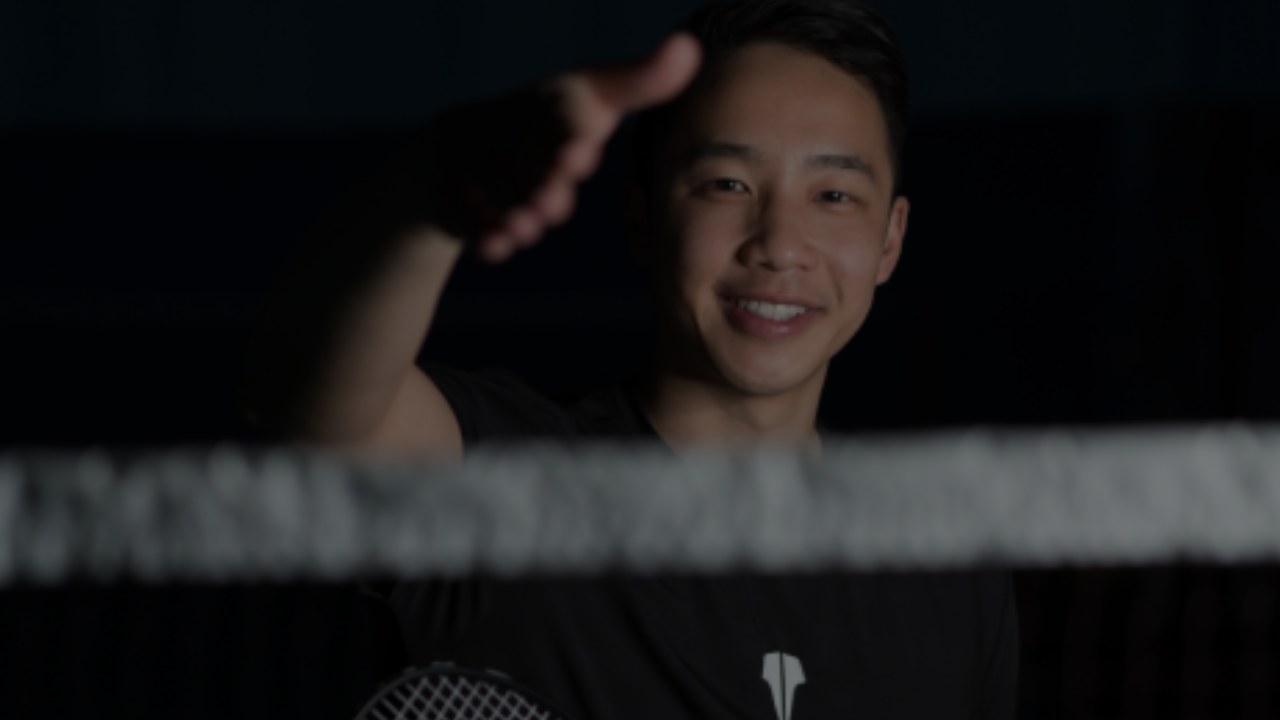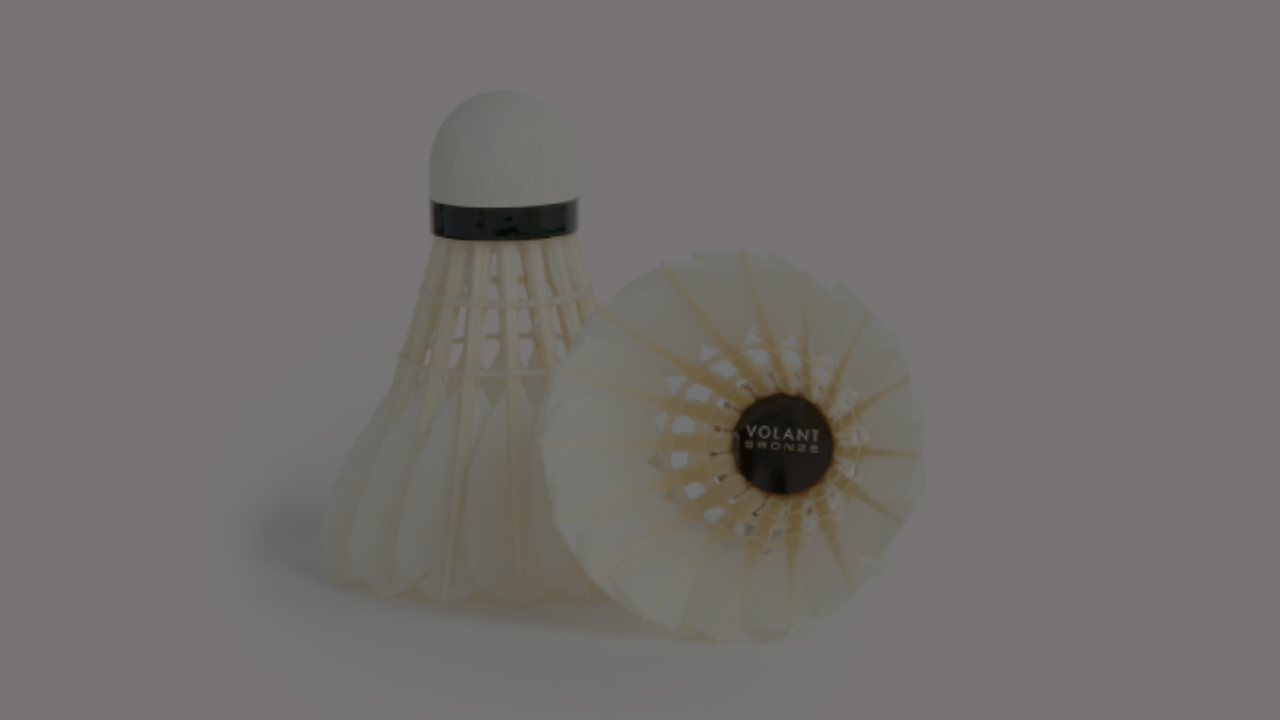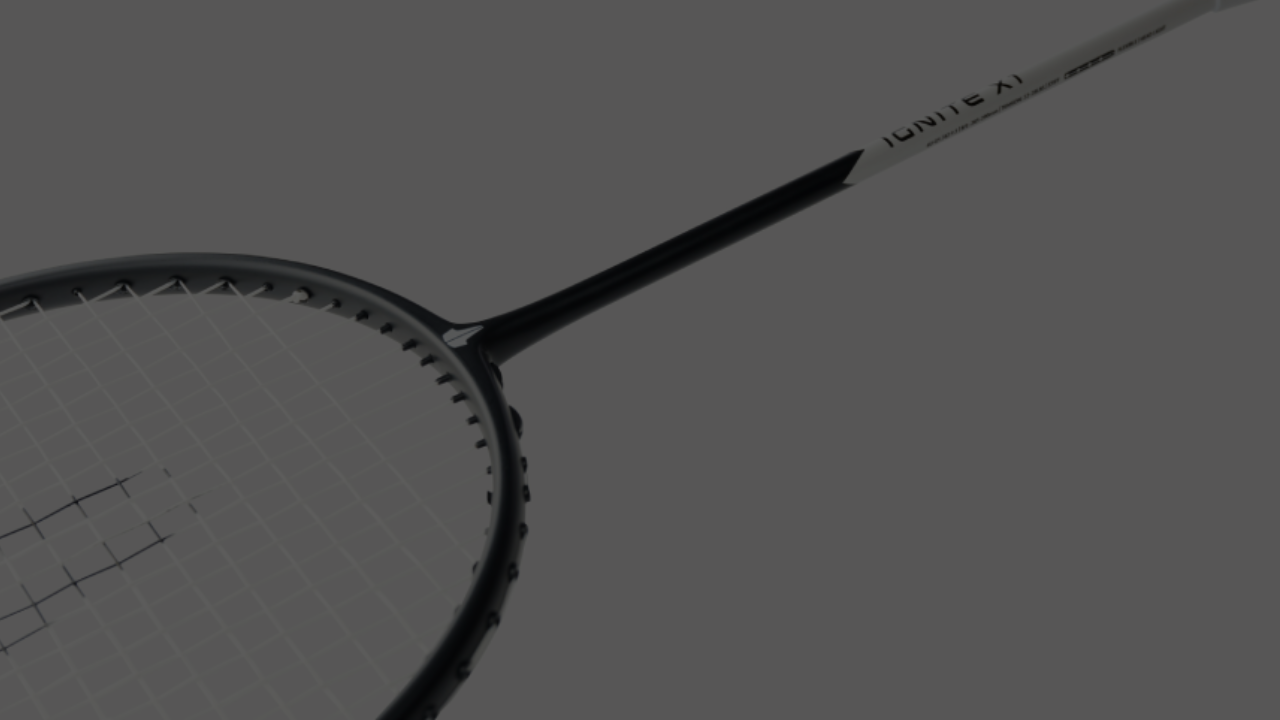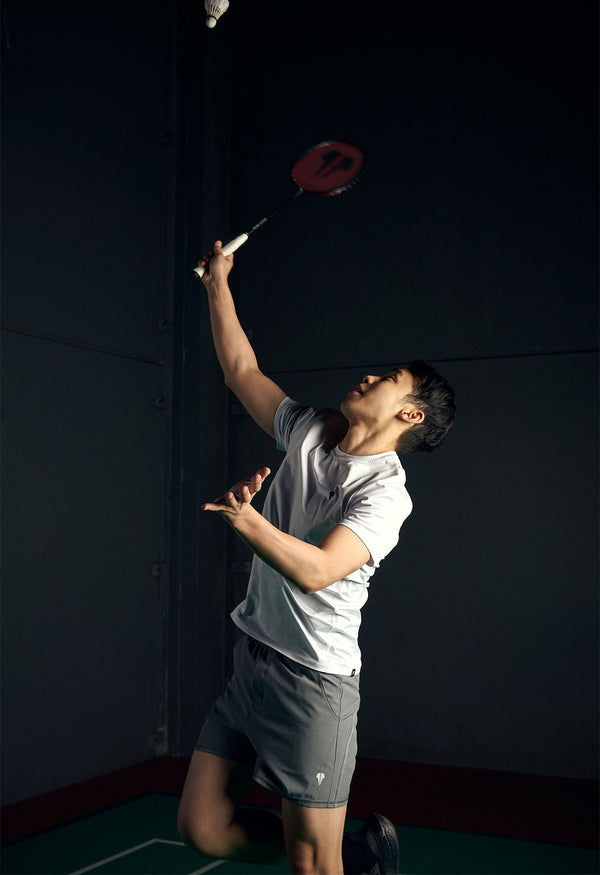Your Cart is Empty

April 01, 2020 6 min read
In the previous blog post "One thing that can take your game to the next level", we discussed the importance of footwork and how it can have a ripple effect on improving your whole game, while somewhat masking any weaknesses you have.
If you have't read it, click here, because it's going to be useful to know before reading below.
So now that you know why having good footwork is important, what are you actually aiming for when you practice your footwork? What makes you a "master" at footwork?
Well, the exciting thing about footwork is that you're never "done" with it. It can always be improved. Even the world's best players are still improving and developing their footwork.
As a general summary, you want to develop your footwork to a state where it is:
Just think of Lee Chong Wei as in my opinion, he's the epitome of the best badminton footwork and ticks off all the above criteria. So let's break these down.

Automatic and Second-Nature
The only way to make your footwork automatic and of second nature is to practice repeatedly. But not just any practice any which way. Make sure you're practicing it correctly - because we don't want to be practicing incorrect footwork as this will become the thing that becomes automatic! Ie: automatic bad habits!
Remember that repetition is your friend! And as the great Tony Robbins says: "repetition is the master of skill".
There are always 4 stages of developing any skill until it becomes automatic.

The important thing to remember is that for someone to master a skill, they need to progress through each step in order. You can't just jump from stage 1 to stage 4. You must follow the process and be consistent with your practice, and if you do this, you'll be amazed at the great things that you can do.
One last thing to note is that practicing doesn't always have to be in its physical form (although it's supremely important). It can also be in the form of mental rehearsal or visualisation. More on that in another blog post as it's a topic that deserves it's own piece :)
You may as well look sleek when doing your footwork too! So check out this Essentials Pack for everything you need!
Smooth and Flowing
What I mean by this, is that we need to make sure you're flowing around the court rather than taking individual steps. Being smooth allows you to be energy-efficient, fast and explosive.
Just picture Lee Chong Wei's footwork in your head. How smooth and flowing is it? How does he make everything look so easy? How can he inject speed at any time while never tire even when playing extremely long matches - days and weeks on end?
Continuous and Dance-Like
Following on from your footwork being smooth and flowing, it also needs to be continuous. The opposite of this is being very "start-stop".
Think about when you're driving your car. If you're stopping at every red light, you're going to burn more fuel and get to your destination slower than if you didn't have to stop. Even if you had to slow down, but not come to a full stop, you'd still save so much fuel and get to your destination faster.
This is the same on court. If you're stopping and starting all the time, you're slower and it takes much more energy to sustain the pace of your movements. You want your footwork to be continuous and almost as if you're dancing on the court - unless you're "popping & locking", smooth and continuous dance movements always look better and more natural!

Balanced and Even
We need to develop our footwork so that it's so engrained into your muscles that the body finds balance in any movements - even if you're under pressure and scrambling to retrieve the shuttle.
The goal is to maintain balanced, smooth and continuous footwork even under pressure - just like when Chong Wei dives to retrieve a shot, and gets up with a spring in his step to reach the next shuttle.
Relaxed and Agile
Having a tense body is one of the worst things that you can do when practicing footwork. When your body is tensed, it counteracts many of the points already discussed above and your movements won't be continuous, smooth or flowing.
It will make the turning of your feet, legs and body a lot slower, which in turn will affect your agility on court.
Being relaxed when moving around the court can help with so many things: efficiency, speed, agility, power, balance and smoothness - just to name a few.
Easy to Change Speed (Fast vs. Slow)
In badminton, we don't always have to move fast. It's not necessary and it's not smart from an energy-saving or tactical point of view.
We change the pace of our play (and thus our footwork) because it's the changes in tempo or the injections of speed that catch our opponents off-guard and give us the opportunity to win points.
So when you're practicing your footwork, although it's important to be able to move quickly, it's equally important that you're able to vary your speed from faster to slower.

In the Correct Timing with the Opponent's Shot
We need to make sure that our footwork is on-time with our opponents shot. Put simply, we need to make sure our "split-step" or "pre-stress" is at the time at which the opponent hits the shuttle.
If we split-step or pre-stress too early (ie before the opponent has hit the shot), we will be stuck in our base and won't be able to move quickly - almost "flat footed".
If we split-step or pre-stress too late (ie after the opponent has hit the shot), we will be too slow to the shot and be behind the pace of the shuttle all the time.
Thus, it's not always important how quickly you move, but how quickly you you move at the right time.
This point can be quite confusing so make sure you let us know if you have any questions about this point because it's a real game changer when you get this right.
Energy Efficient
And last but definitely not least, your footwork needs to be efficient. You don't want to expend more energy than you need to. And being energy efficient relies on all of the above points:

---
Are you clearer about what you're trying to achieve when you're practicing your footwork yet? I hope so!
Never underestimate the impact of footwork on your game. It's huge and if you're serious about improving your game, I'd strongly recommend that footwork practice be something that you train consistently./
Happy footworking! :)
Jeff is an ex-international badminton player who represented Australia at the Commonwealth Games (twice as a player & once as a coach), World Championships, All England Championships and multiple Thomas and Sudirman Cups. He was the Australian National Coach, Senior State Head Coach and is the co-founder of Volant badminton & The Badminton Podcast. Jeff is extremely passionate about building the worldwide badminton community & showing the world how incredible our sport really is.
Comments will be approved before showing up.

August 20, 2025 2 min read

July 17, 2025 2 min read
Shuttlecocks aren’t cheap, and replacing them constantly stings the wallet. With a little care, though, you can stretch their lifespan and keep your game flying high. Whether you’re using feather or nylon, here’s how to make them last—plus why Volant Badminton’s options are worth your shot.

June 25, 2025 2 min read
Strings wear out—it’s a fact of badminton life. Slack, frayed, or snapped strings kill your shots, so knowing when to restring keeps you sharp. How often depends on your play, and here’s how to figure it out—plus why Volant Badminton’s gear makes it easy.
Be the first to know when a new blog post comes out!
Curated articles, tips and advice, tailored to the sport of badminton.
Sign up and enjoy 10% off your first order.

Join the Volant Community and improve your game!
*Discount code excludes shuttlecocks